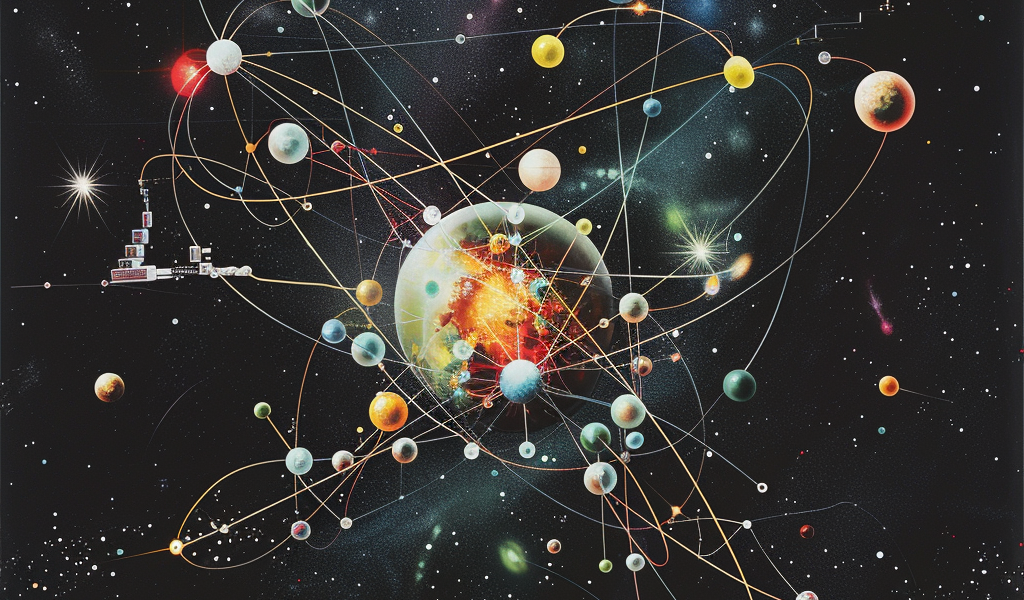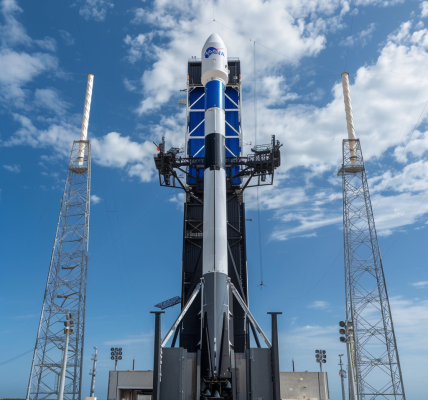Nuclear fission, the process by which an atomic nucleus splits into two or more smaller nuclei, releasing a significant amount of energy, has been a subject of scientific inquiry since its discovery in 1939. Despite the extensive research conducted over the decades, this fundamental process still harbors many unanswered questions. Recent advancements in computational physics have provided new insights into one of the key aspects of nuclear fission—the phenomenon known as ‘neck rupture.’
A collaborative research effort between the University of Washington (UW) in Seattle and Los Alamos National Laboratory has utilized the powerful Summit supercomputer at the Department of Energy’s Oak Ridge National Laboratory to delve deeper into the mechanics of fission. The findings of this research have been published in the esteemed journal Physical Review Letters.
Historically, physicists have developed various theoretical models to explain the dynamics of fission, particularly focusing on the neck rupture that occurs as the nucleus divides. The earliest model, known as the ‘liquid drop’ theory, was introduced by physicists Lise Meitner and Otto Frisch, and later refined by Niels Bohr and John Wheeler. This theory likens atomic nuclei to droplets of charged fluid, suggesting that when a particle—such as a neutron or proton—collides with the nucleus, it can cause the nucleus to elongate and ultimately split, forming two separate fragments connected by a thin neck.
As the neck stretches, it reaches a critical point known as the scission point, at which it ruptures. This rupture is theorized to release various particles, including scission neutrons, which are emitted during the final stages of fission. However, the exact properties and behavior of these scission neutrons have been subjects of ongoing debate among physicists, largely due to the lack of experimental evidence confirming their existence.
Under the leadership of Aurel Bulgac, a physics professor at UW, the research team has conducted the first fully microscopic, quantum many-body simulation of the neck rupture process. This pioneering approach has yielded what is considered the most accurate and detailed description of fission dynamics to date, challenging some of the previously held assumptions about the scission mechanism.
Bulgac emphasized the significance of their findings, stating, “This is probably the most precise and most carefully obtained theoretical description of neck rupture, without any assumptions and simplification.” The research team’s results not only enhance the understanding of fission dynamics but also provide a clearer picture of the role that scission neutrons play in the process.
The implications of this research extend beyond theoretical physics; they have practical applications in various fields, including nuclear medicine and energy generation. Understanding the intricacies of nuclear fission can lead to advancements in nuclear reactor design, improving safety and efficiency in power generation. Additionally, insights gained from studying fission dynamics may contribute to the development of new medical technologies that utilize nuclear reactions.
The study also highlights the importance of supercomputing in modern physics research. The Summit supercomputer, one of the most powerful supercomputers in the world, enabled the researchers to perform complex simulations that were previously unfeasible. This capability underscores the growing role of computational methods in exploring and solving intricate problems in the physical sciences.
As research continues, scientists hope to further unravel the complexities of nuclear fission and its associated phenomena. The quest for a deeper understanding of scission neutrons and their behavior during fission may pave the way for new discoveries and innovations in both fundamental physics and applied sciences.
In summary, the collaborative efforts between leading research institutions and the utilization of cutting-edge computational resources have led to significant advancements in the understanding of nuclear fission. The findings from this study not only challenge existing theories but also open new avenues for future research, emphasizing the importance of continued exploration in the field of nuclear physics.





